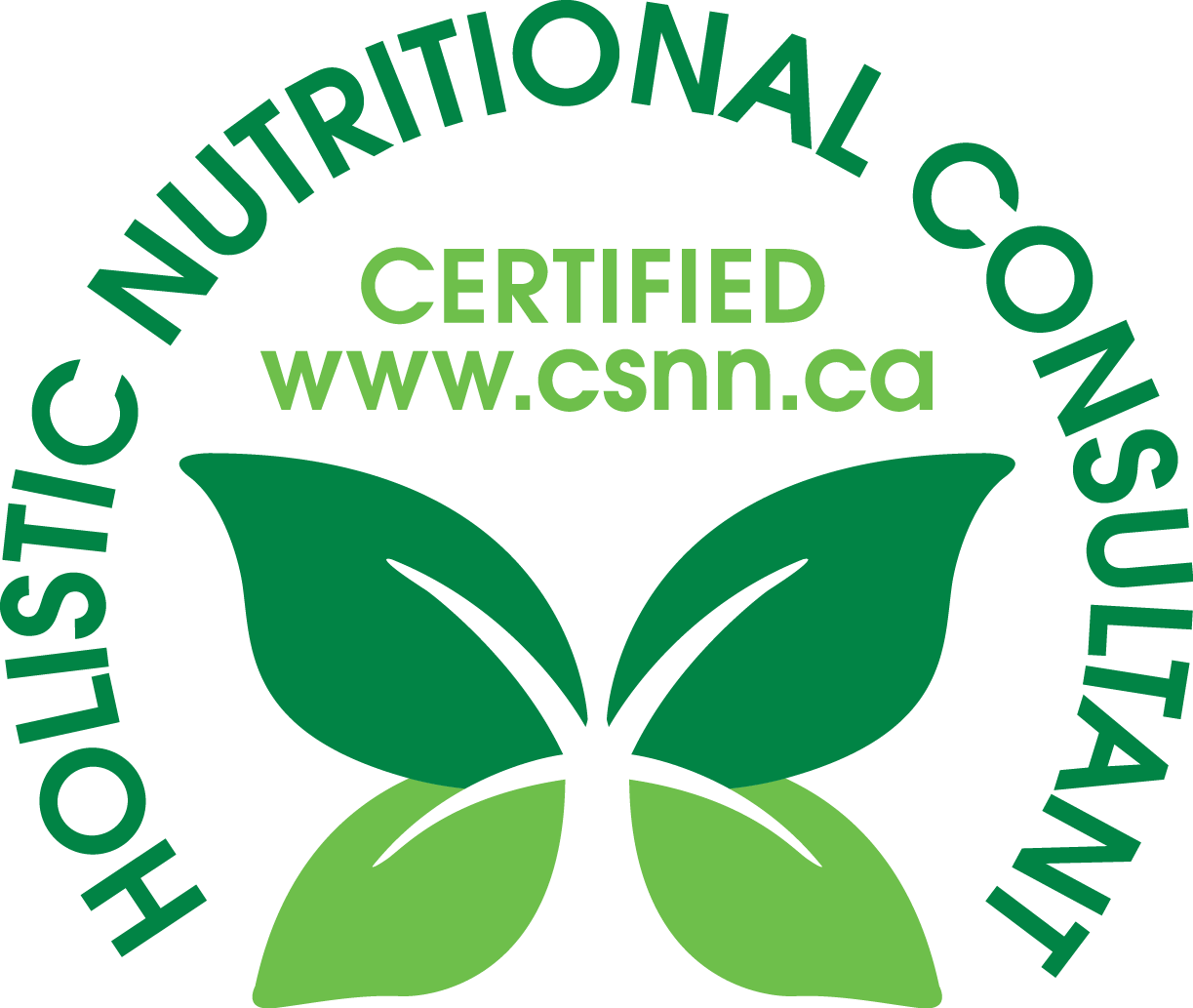(updated September 8, 2023)
Oatmeal can be a great starter to anyone's day. It is one of my favourite go-to morning dishes and always a pantry staple in our home because it is so versatile and filling. As a nutritionist, some of the things I like best about oats are; they are packed with fibre, magnesium, selenium and protein, which help to keep you full until lunch; they ward off sugar cravings and they promote gut health.
I prefer to simmer steel cut oats and create a deliciously delectable bowl full of nature’s goodness. On the other hand, my oldest daughter who is usually rushed in the morning, is more of an overnight oats kind of gal. Anyway you look at it, oats can be an amazingly delicious and nutritious breakfast option. Plus, there are so many options to satisfy anyone’s taste buds.
Mix-insOften, while my oats are cooking, I will add in coconut milk. This gives the oats extra creaminess and adds a bit of coconut flavour. Bonus: coconut milk contains a lipid called lauric acid which has antimicrobial and anti-inflammatory properties which can support the immune system. Coconut milk also contains MCTs (medium-chain triglycerides) which have been linked to weight loss.
If you love an apple pie flavour; add chopped apples and ceylon cinnamon. The apples will add fibre contributing to your fullness factor as well as promoting gut health and cinnamon has anti-inflammatory properties as well as many other benefits. If carrot cake is more your jam; add shredded carrots, ceylon cinnamon, nutmeg, and ground ginger. Along with vitamin A and beta-carotene, carrots also contain fibre and calcium. Cinnamon, nutmeg and ginger are loaded with beneficial antioxidants.
ToppingsThe beneficial toppings are endless. Here are a few that I enjoy adding and some of the reasons I love adding them:
- Raw pumpkin seeds – high in antioxidants, vitamins and minerals
- Sunflower seeds – contain zinc and selenium, both amazing at supporting the immune system
- Chia seeds – high in fibre and antioxidants
- Walnuts – contain antioxidants, protein, vitamin B6 and brain boosting omega-3 fatty acids
- Unsweetened shredded coconut – loaded with fibre and MCTs which promote heart health and digestion
- Bananas – high in fibre, potassium, vitamin B6, and vitamin C
- Raspberries – full of antioxidants, fibre, vitamin C, and folate
- Blueberries – abundant in antioxidants, fibre, and vitamin C
- Cinnamon – known for its antiviral, anti-bacterial, anti-fungal, anti-inflammatory properties, and supports gut health
- Raw almond butter – rich in protein, monounsaturated fats, vitamin E, and magnesium
- Pecans – have monounsaturated fats, magnesium, fibre, and zinc
Breakfast of ChampionsIf you are feeling too rushed in the mornings or have more than one mouth to feed, another fantastic option is to cook your oats overnight in a slow cooker. Add the oats, water to the slow cooker the night before, then in the morning you can add all your toppings and you're all set for a simple nutritious breakfast before work or sending the kids off to school. Oatmeal can leave you satisfied till lunch time on those busy work days and full bellies are always a bonus when setting children up for a full day of learning.
Check out my Instagram
@amandahiltonrhn for some of my favourite oatmeal breakfasts. Let me know how you like to eat your morning oats, I always love to try new combinations! If you are interested in more breakfast ideas and meal planning, send me a message at
services@amandahilton.ca, I'd love to set up a consultation for you.













